The Coolest BMWs Of The Last 100 Years
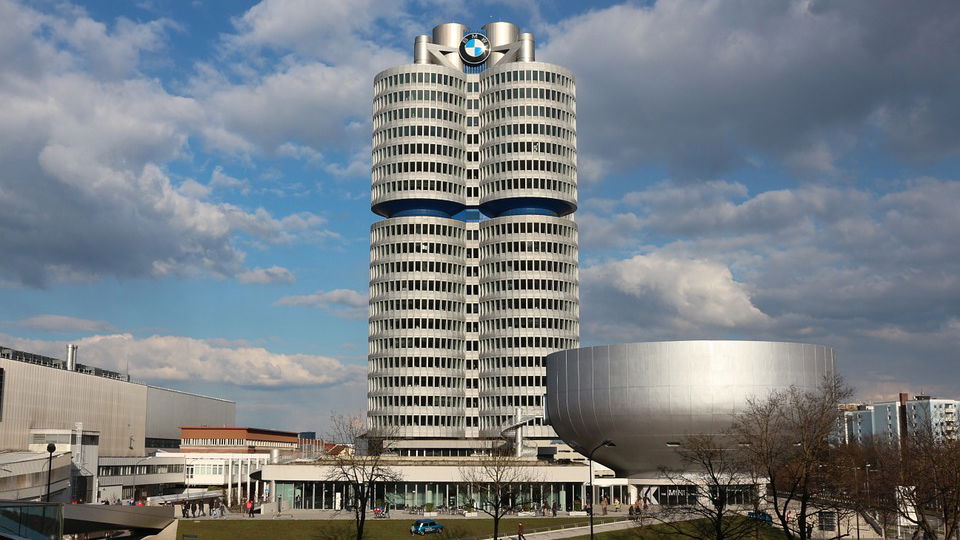
Bavarian Motor Works, more commonly known as BMW, was founded on 7 March 1916. Today, the company is celebrating its 100th birthday. It started out as an aircraft engine manufacturer during the war, but the German manufacturer had to adapt after the Allies won and prohibited it from building military equipment.
Over the last century, BMW has transformed into one of the world’s leading car and bike manufacturers; here are some of its vehicular highlights of the last 100 years.
R32 - 1923
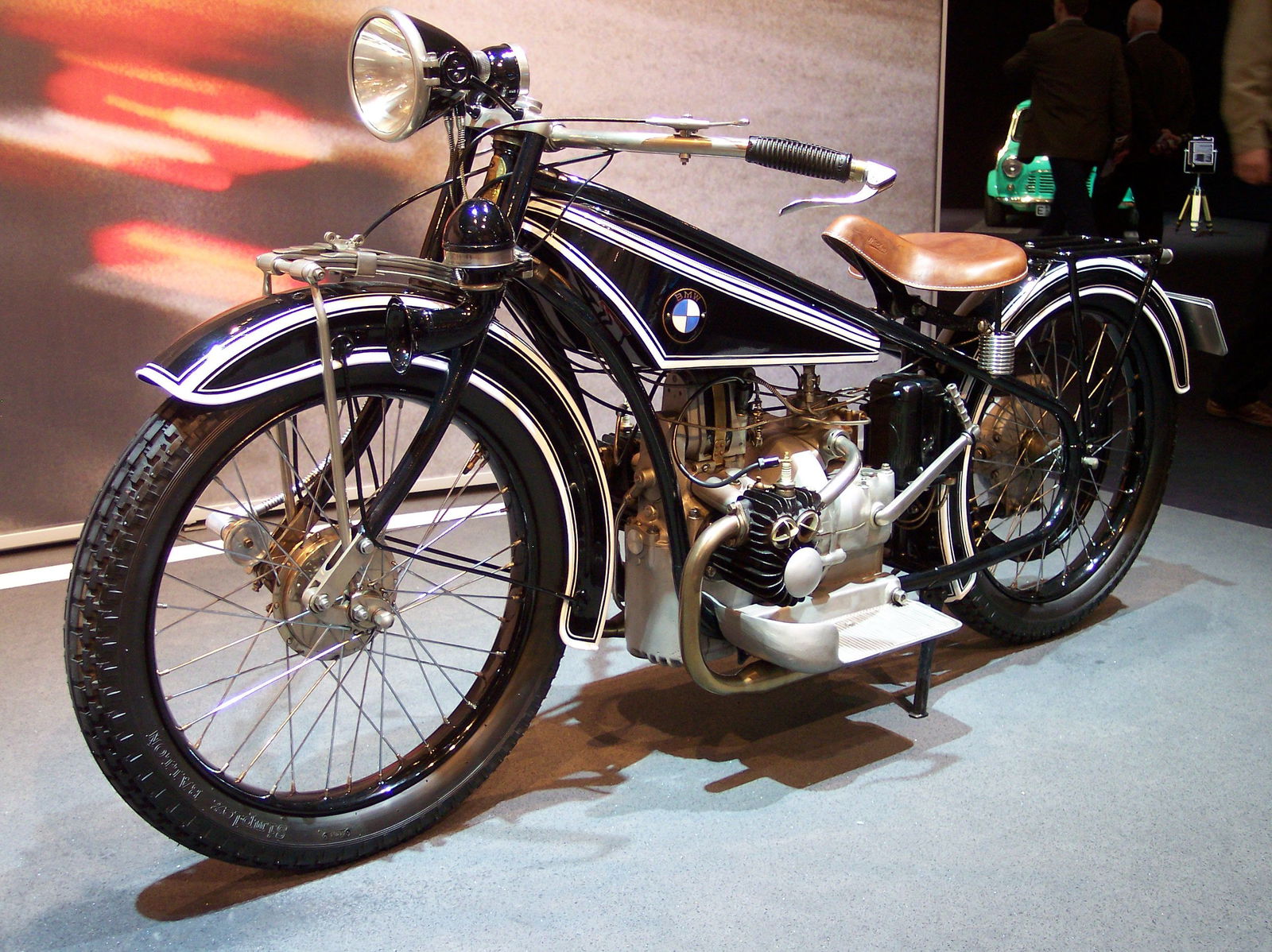
After the war the R32 motorcycle was at the forefront of BMW’s attempts to diversify. It was a modified version of the Helios, which was built by Bayerische Flugzeugwerke and used a BMW-designed engine. When the two companies merged, the Helios was redesigned and in 1923 it became the first motorcycle to wear a BMW badge.
Dixi (1928)
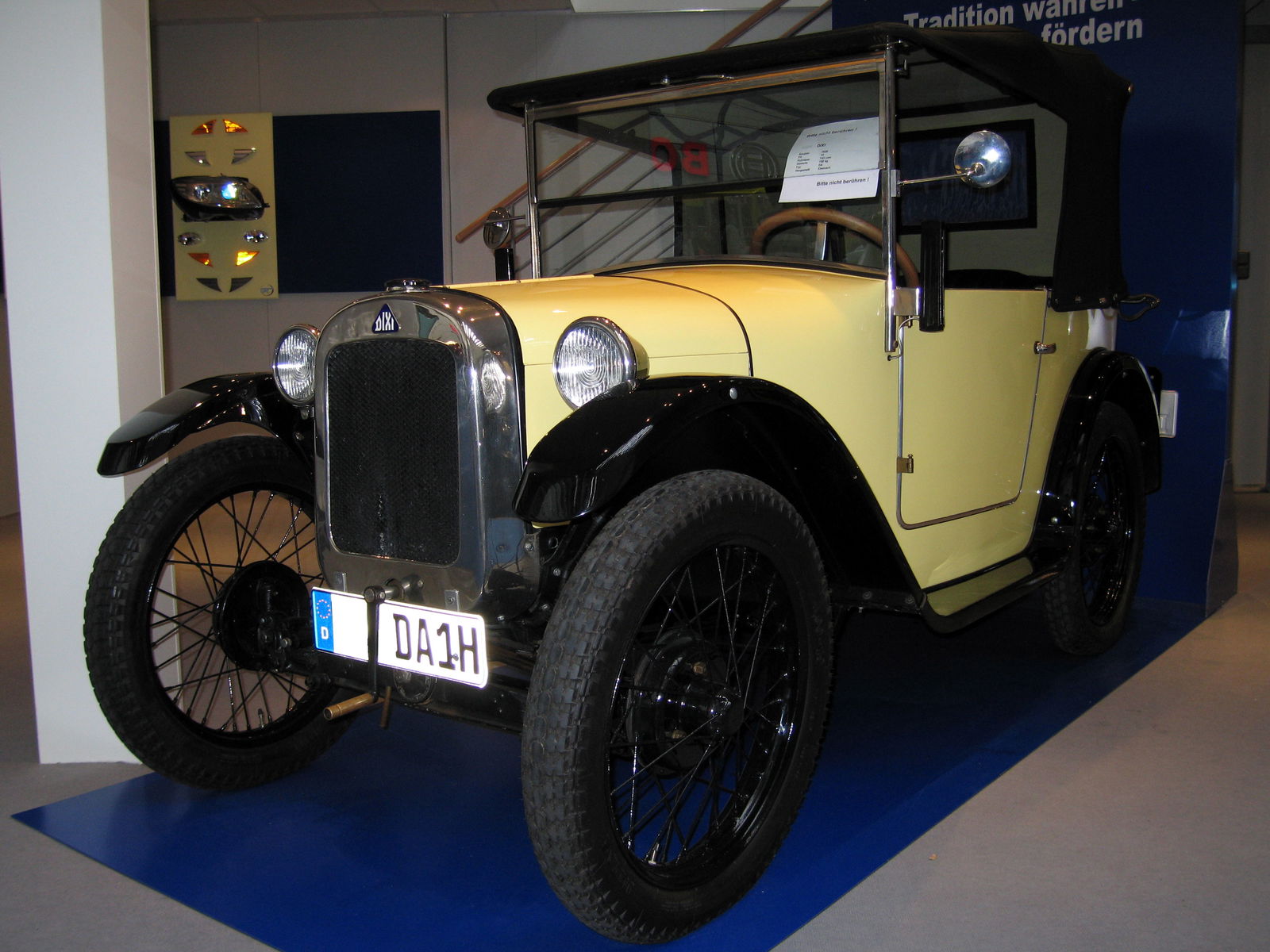
BMW might be famous for making cars now, but it wasn’t always that way - this is where it all began. The Dixi was a mildly tweaked version of the British Austin 7, and was built by a company called Automobilwerk Eisenach in 1927. A year after it had begun producing the cars from kits supplied by Austin, BMW bought the company and the rights to the Dixi. It was a hit, and set BMW on the car manufacturing path.
Isetta - 1955
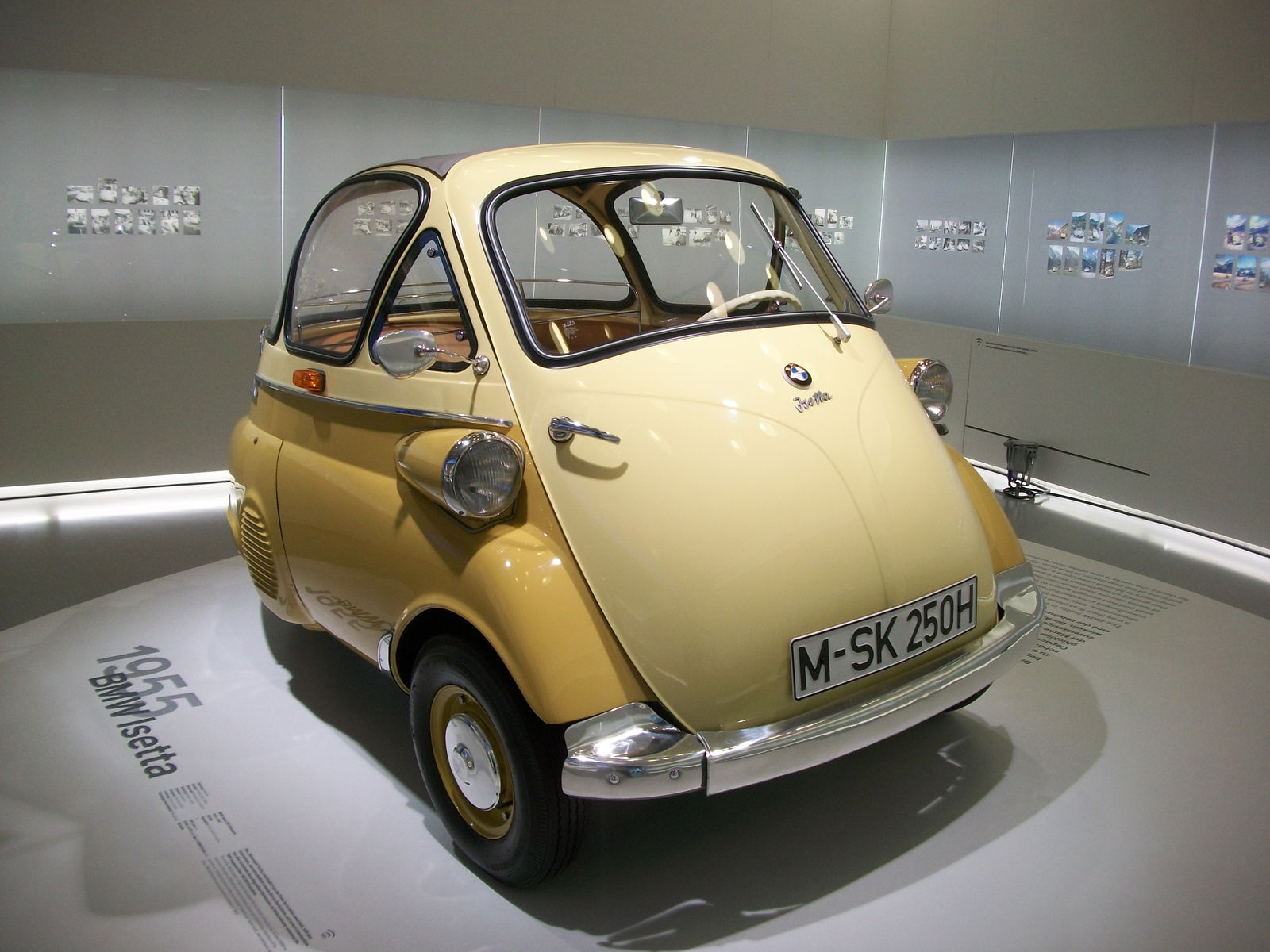
The ‘bubble car’ was sold around the world under various names in the 50s and 60s, but BMW’s version is easily the best known. It started as the Iso Isetta in Italy in 1953, and two years later BMW began selling it in Germany under its own name.
BMW completely redesigned the engine around its own one-cylinder, four-stroke 247cc motorcycle engine, which made a piffling 13bhp. What made this car so enthralling to onlookers was the fact that you entered and exited through the front of the car, which doubled up as the door!
2002 - 1968
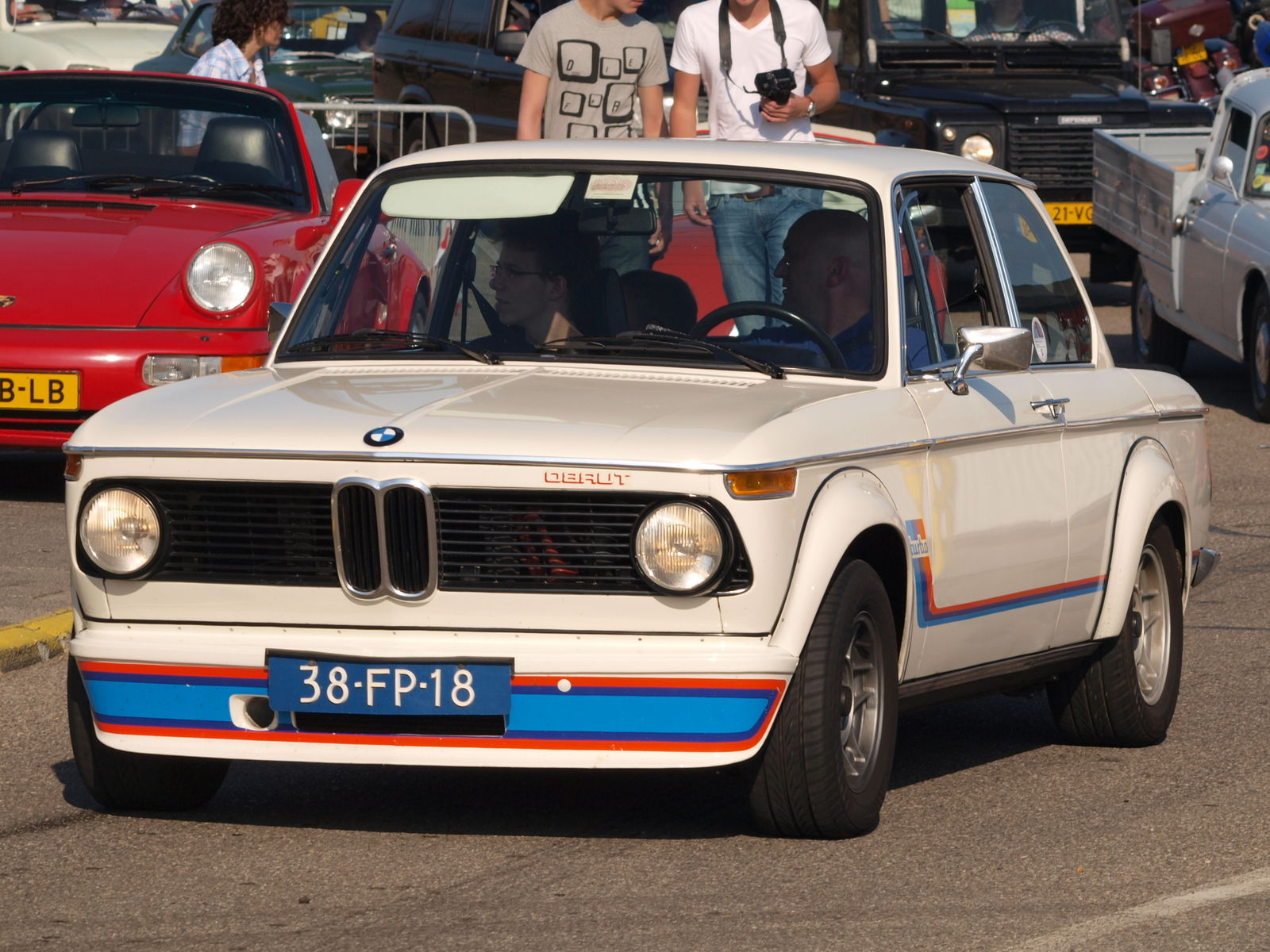
After the company’s financial crisis in 1959, it released the ‘New Class’ range of saloons and coupes that turned its fortunes around. The 2002 was the standout vehicle in this new range of sporty coupe models.
The 2002 was a two-door coupe that gained the larger 2.0-litre engine from bigger BMW models, and is arguably the spiritual beginning of performance BMWs - take a big engine and put it in a small car for enthusiasts. That was certainly the case with the 2002 Turbo, which was the first European production car to come with a turbocharged engine. It made an impressive 170bhp, however its release coincided with the 1973 oil crisis, meaning only 1672 were built.
In 1968, BMW introduced a sleek two-door coupe to its range, built by the independent German car manufacturer Karmann. In its most exciting trim - 3.0 CSL - the E9 would absolutely dominate touring car racing, and earned itself the nickname ‘Batmobile’.
CSL in BMW speak stands for Coupe Sport Leicht, with ‘leicht’ meaning ‘light’. To earn its name, the E9 was stripped of everything unnecessary, including trim and sound deadening, while the body was made from thinner steel. A 3.0 CSL won the European Touring Car Championship in 1973 (when the same driver also took his car to a class win at Le Mans) and 1975-1979.
Art Cars - 1975-onwards
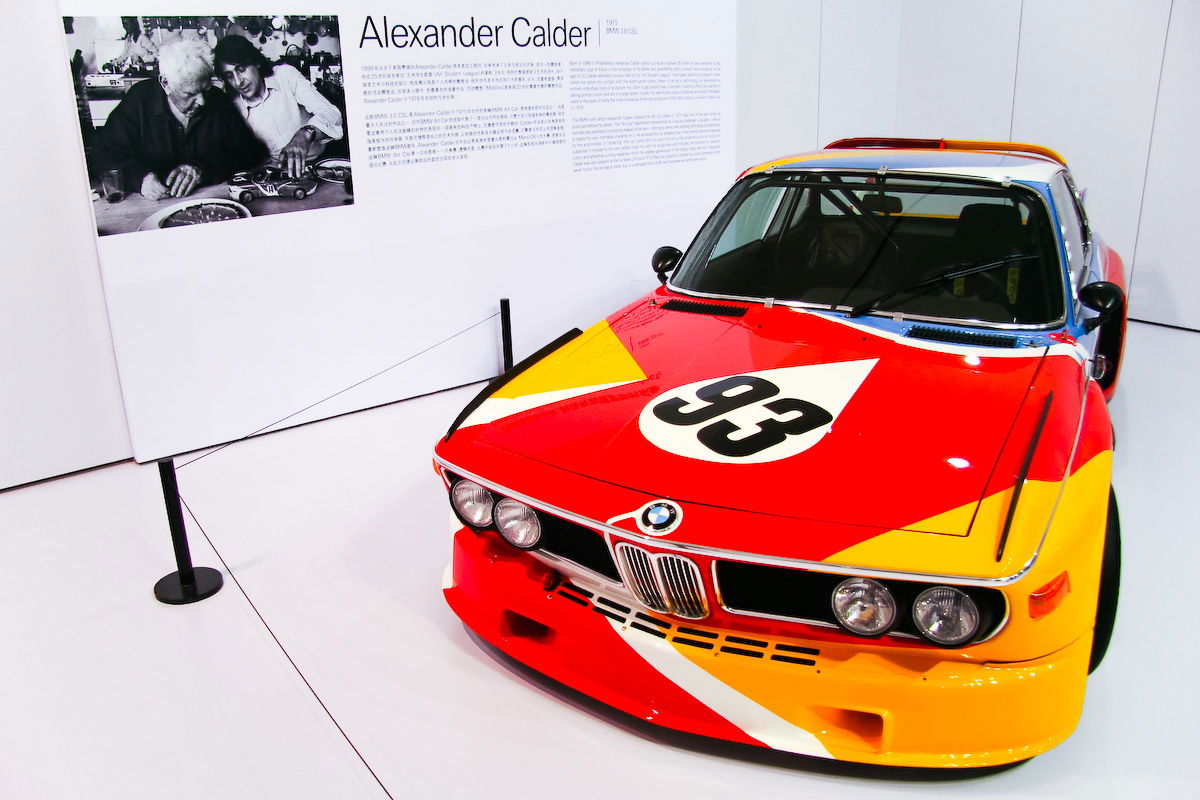
If you’ve ever seen a BMW splattered with a ludicrous paint job, it’s probably an Art Car. It all started in 1975, when Herve Poulain invited his artist friend Alexander Calder to paint his 3.0 CSL race car to look unique at Le Mans. Since then, there have been 17 Art Cars painted by various artists including Andy Warhol.
M1 - 1978
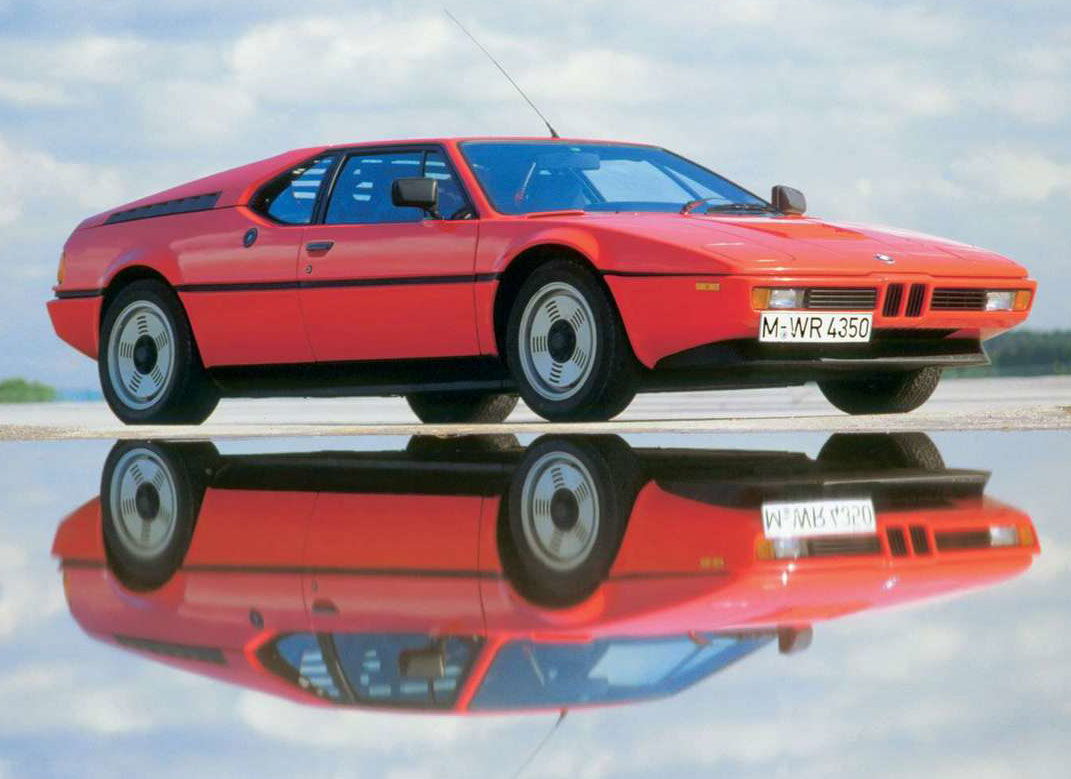
The M1 was intended to be a collaboration between BMW and Lamborghini, but when the Italian manufacturer got into financial difficulties part-way through the project, the Germans took full control.
All of this drama behind the scenes delayed the M1, and the project continued to be dogged by issues. The intention was to build 400 cars for Group 4 racing homologation purposes, and once the cars were ready they would be turbocharged to go racing. The delays meant that BMW missed the 1978 season, so it created a one-make series in 1979 in conjunction with Formula 1 to showcase its cars. The racing was good, but there were signs of engine trouble, and when it finally got around to turbocharging the M1 it was already out of date and wouldn’t be competitive.
Despite its farcical life as a race car, the M1 was considered an incredible road car. The mid-engined, rear-wheel drive supercar handled beautifully, and its styling was out-of-this-world for a 70s car.
If the 2002 was the spiritual beginnings of BMW’s super coupe antics, the E30 is the definitive starting point. For the first M3, BMW took its run-of-the-mill 3-series and flared the arches to accommodate a wider track, and placed a 2.3-litre, 192bhp engine under the bonnet.
While it might feel soft and wallowy now, at the time it was a revelation, and set BMW up as one of the foremost performance manufacturers in the world.
'Goldfish' V16 - 1987
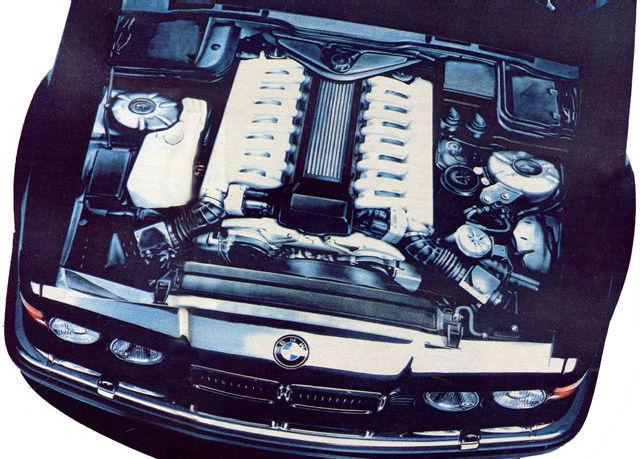
The Goldfish project was born out of BMW’s interest in exploring the possibilities of its M70 V12 engine, and within six months of giving the go ahead to create a V16, it had a working prototype built. The 6.7-litre engine made 408bhp and 461lb ft of torque, but sadly never made production because there simply wasn’t enough space in the engine bay - for the prototype, the engineers had made space by moving the cooling system to the back of the car.
As for the name ‘Goldfish’? Apparently that came about because the car the V16 was tested in was painted gold.
Purchase of Mini - 1994
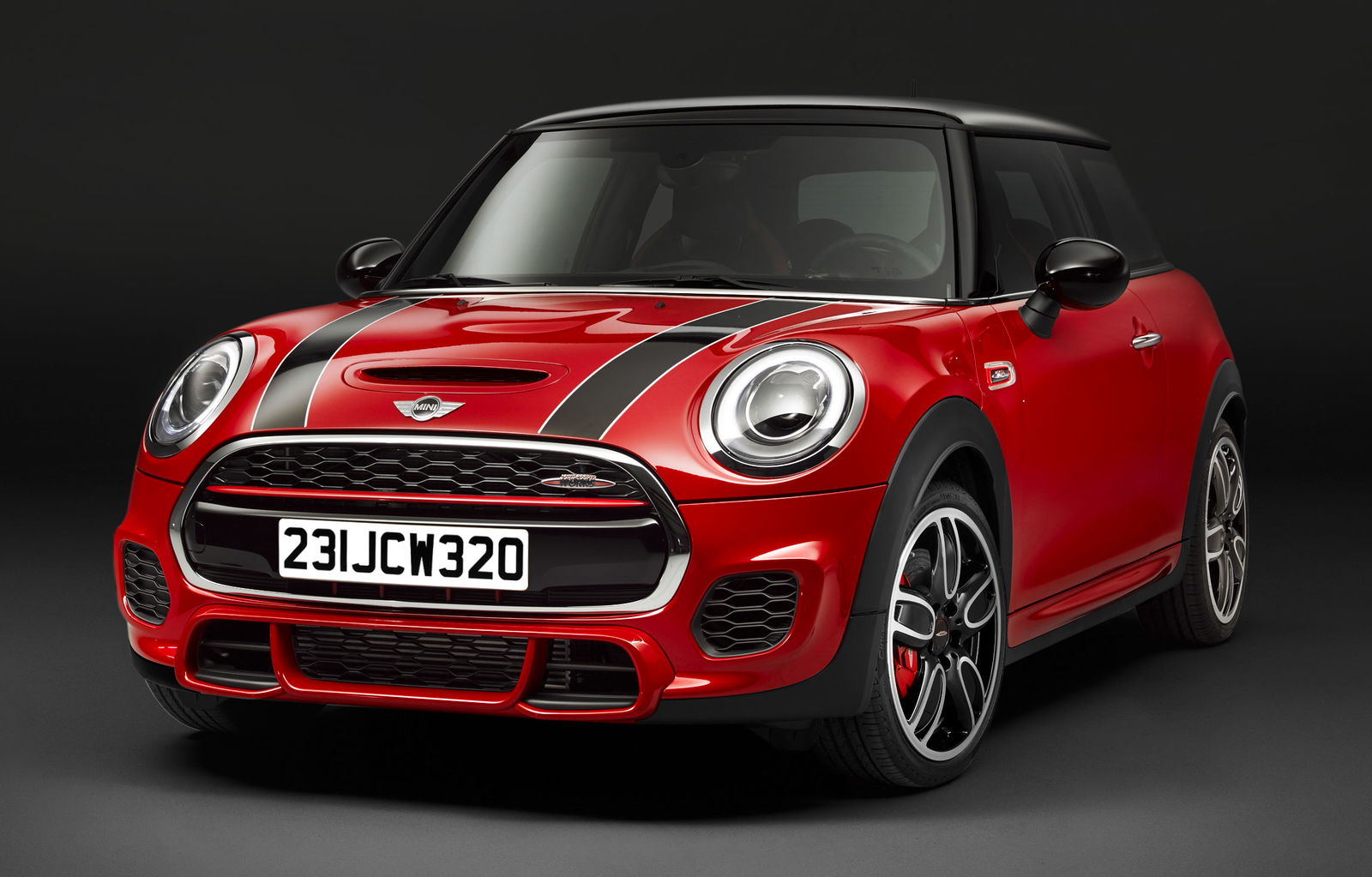
In 1994, BMW purchased the Rover Group - to which the Mini brand belonged - before disbanding it in 2000. BMW held onto the Mini name and relaunched it as its own separate entity. It proved an incredibly good idea, with the standard models being highly popular with the general public, while the hot John Cooper Works version received huge praise from enthusiasts.
'i' brand launched - 2011
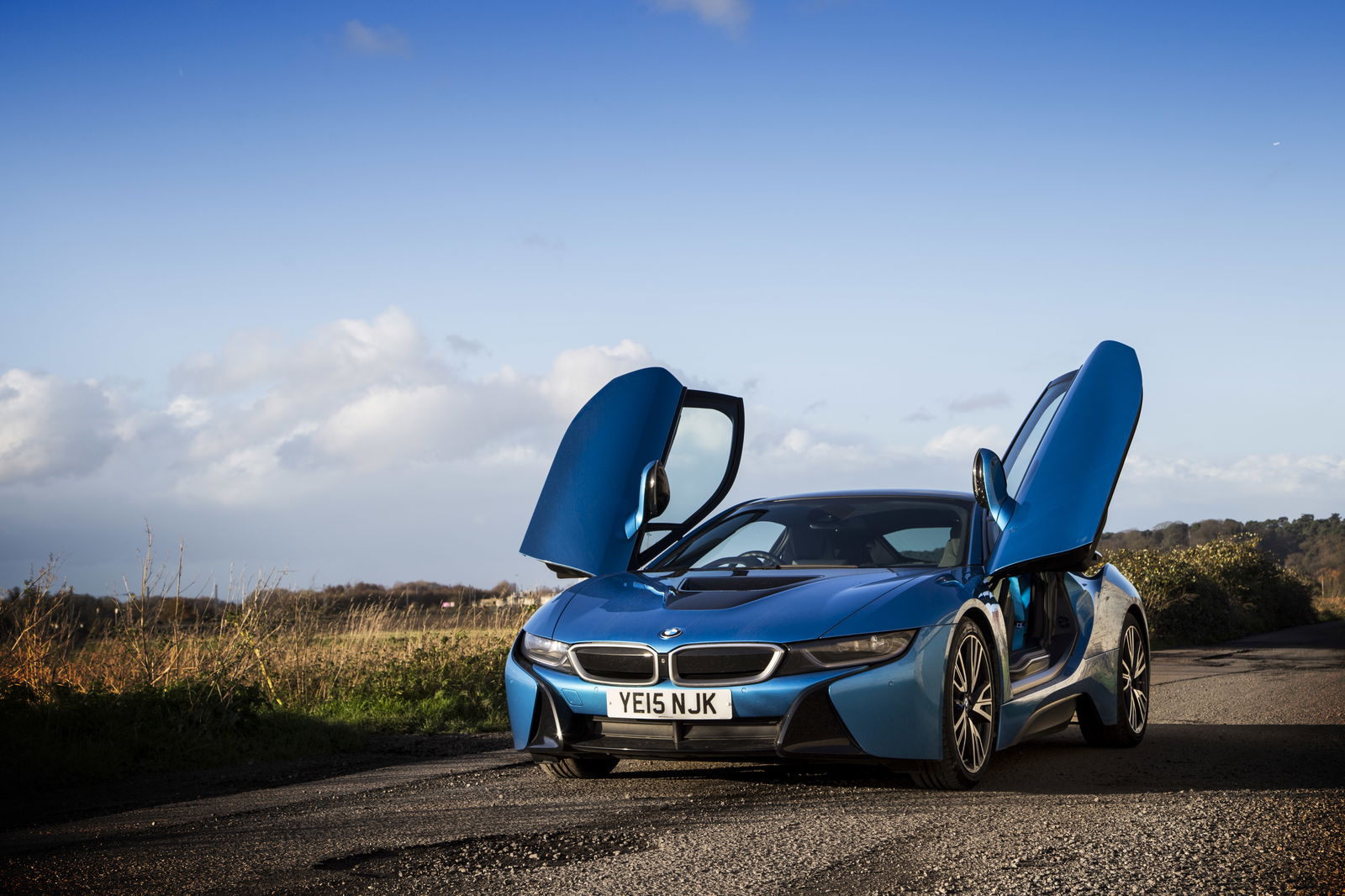
In 2011 BMW launched its i sub brand, which was designed to be a showcase of its plug-in electric and hybrid technology. The idea is to create cars that are useful for people who live in megacities.
There are currently only two vehicles in the range. The i3 is a small city car, while the i8 is a hybrid sports car. The i8’s electric motors and 1.5-litre three-pot combine to make a healthy 357bhp and a theoretical 134mpg, though we only managed 35mpg in an admittedly hoon-heavy week-long test.
It is expected that a crossover will join the range sometime soon, and is expected to be called ‘i5’.
328 Hommage - 2011
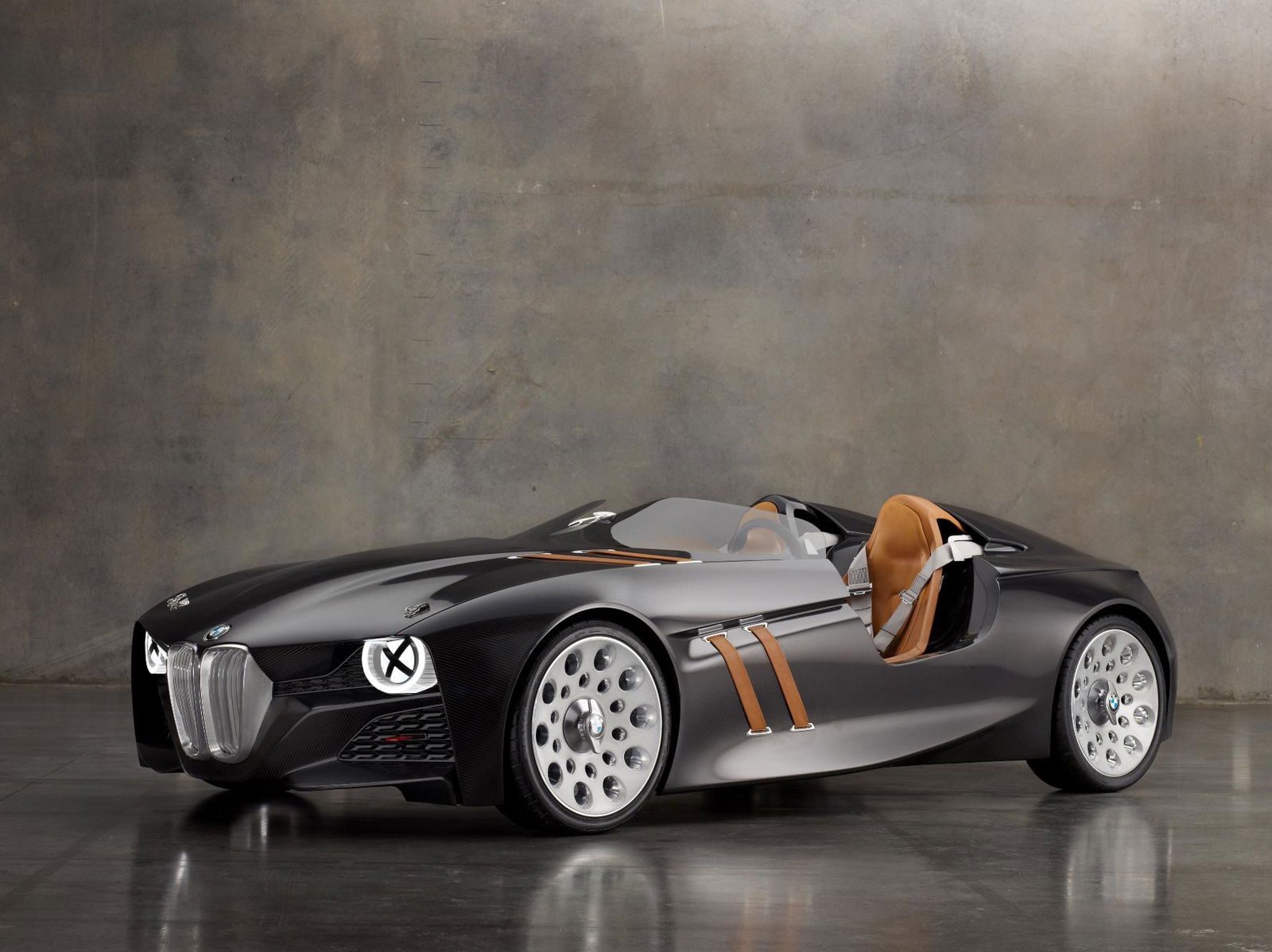
Also in 2011, BMW released this wicked concept car. It was built to celebrate the 75th birthday of the original 328, which still holds the highest average speed for the Mille Miglia at 103.6mph.
It’s an incredibly unique car, in particular thanks to its leather bonnet straps, while the lack of doors and the split windscreen harking back to its 1930s predecessor. Its carbonfibre-reinforced plastic construction is anything but old-school, though, as it was designed to show off how BMW’s lightweight technology had advanced.
Vision Next 100 - 2016
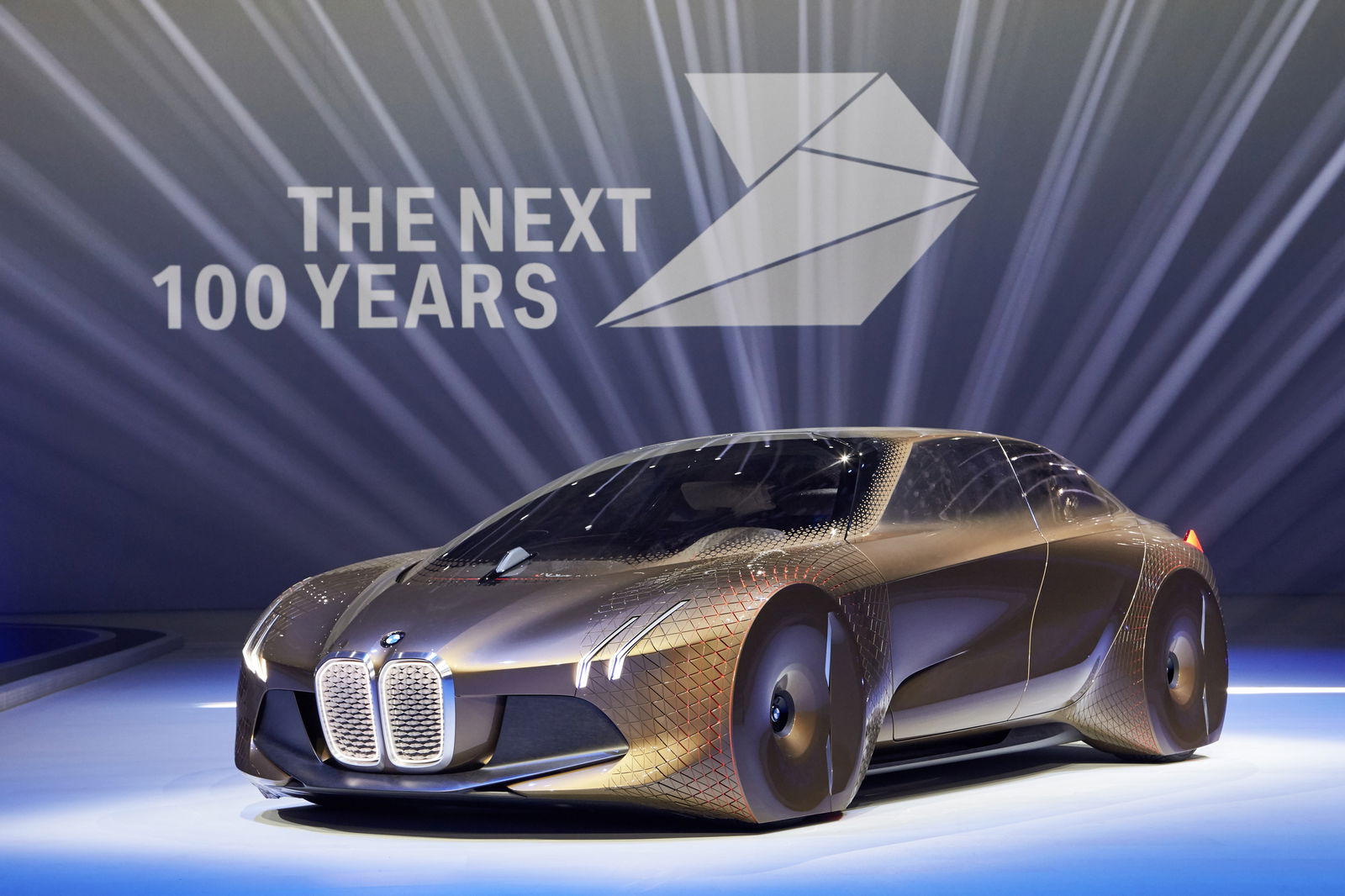
For its 100th birthday, BMW has decided to look at what transport could look like over the next 100 years. The Vision Next 100, therefore, naturally features dominant autonomous technology, but it’s reassuring for enthusiasts that BMW seems to think that humans will still have involvement in the process of driving.
Comments
BMW has and always will hold a special place in my heart
Don’t forget this charming little 507
BMW GINA?
How come Vision Next 100 is in it? It’s hideous and it takes our fragile manual community down. Instead have a 507 or a Gina.
BMW Nazca https://www.youtube.com/watch?v=bsaNczzORGw
No v10 m5 or s1000rr?
I missed the 8-series
M635CSI E24
850 Ci e31
M5 E28…
Reminds me of this:
E60 M5 ‘ cause V10
Pagination